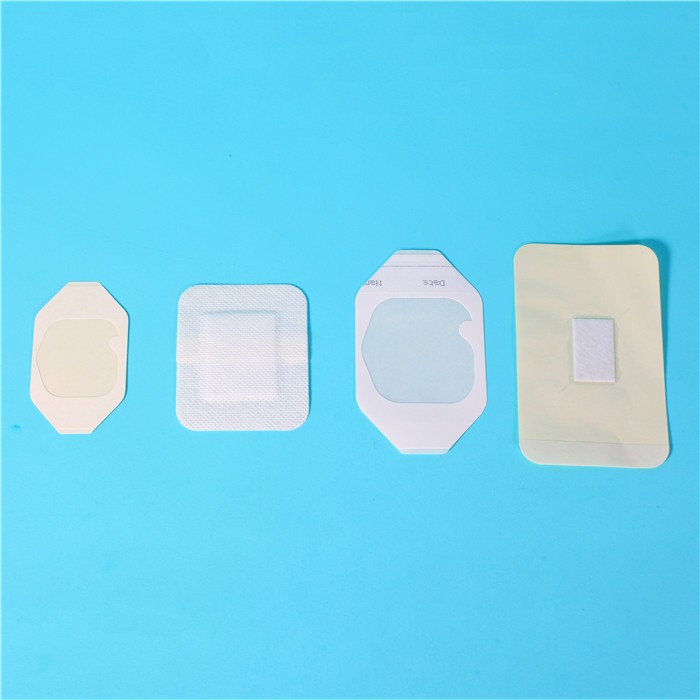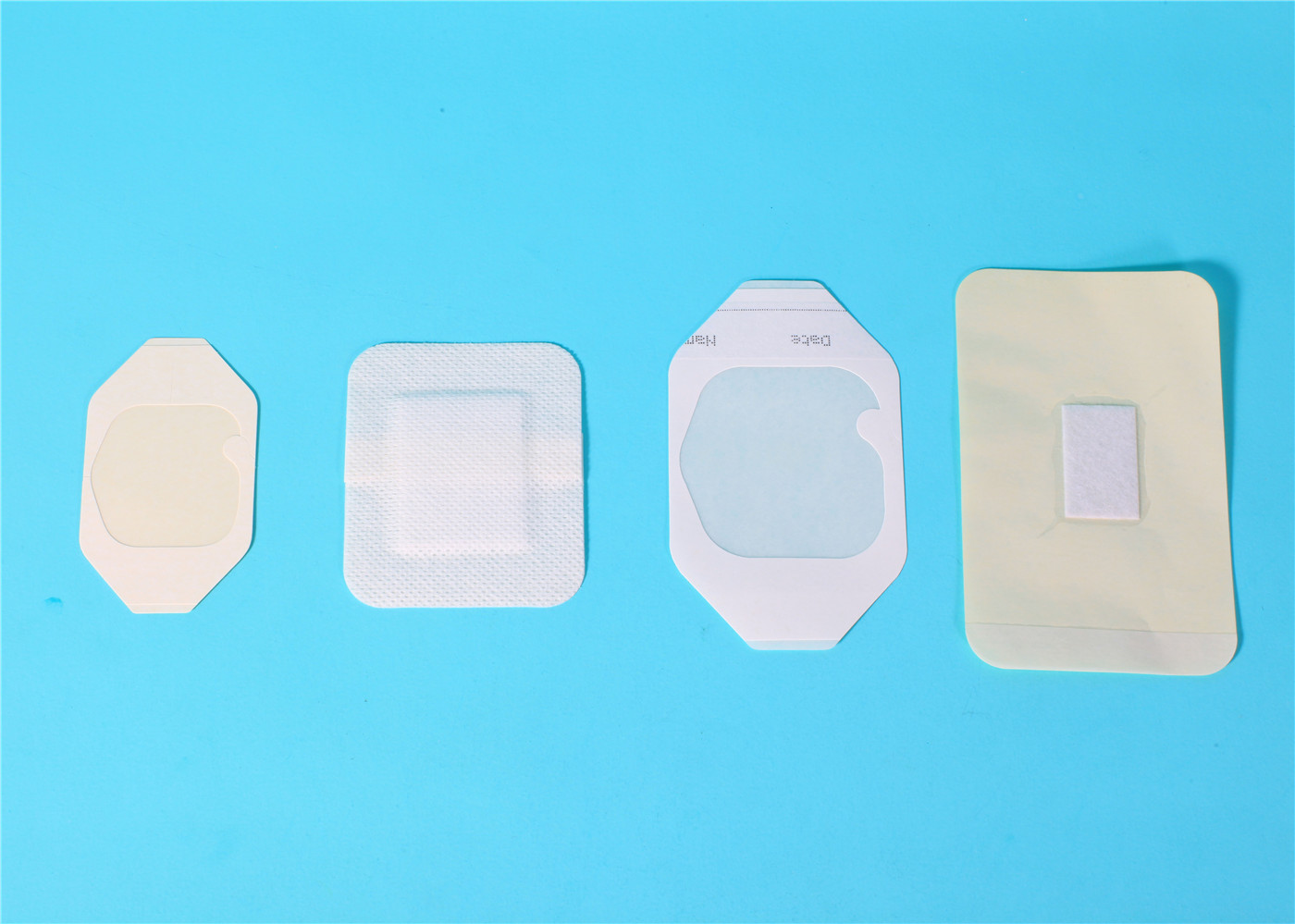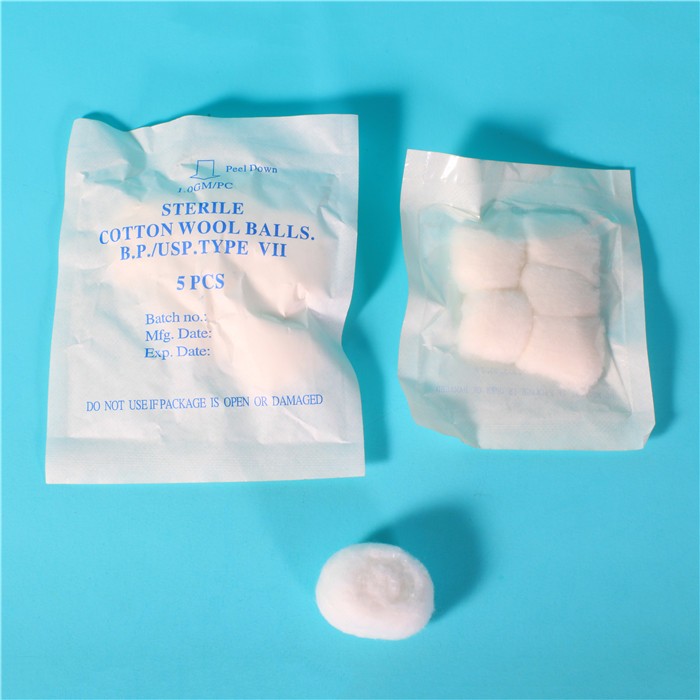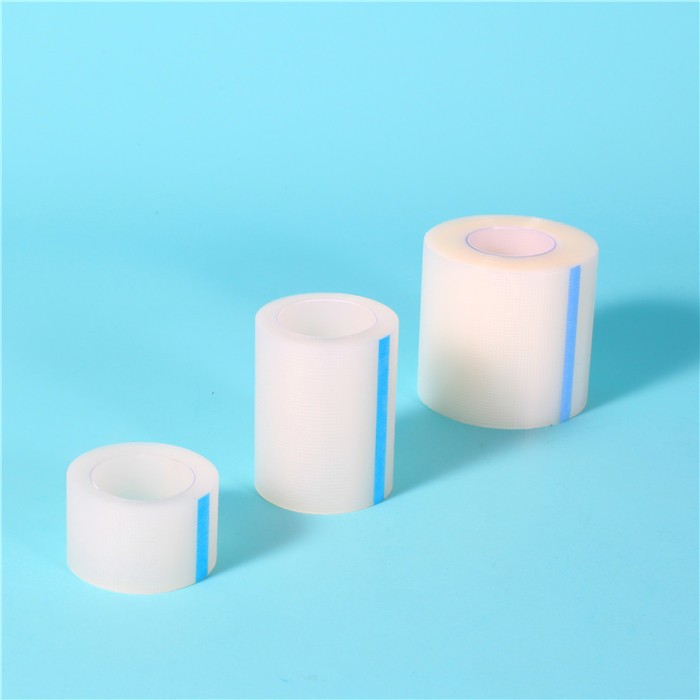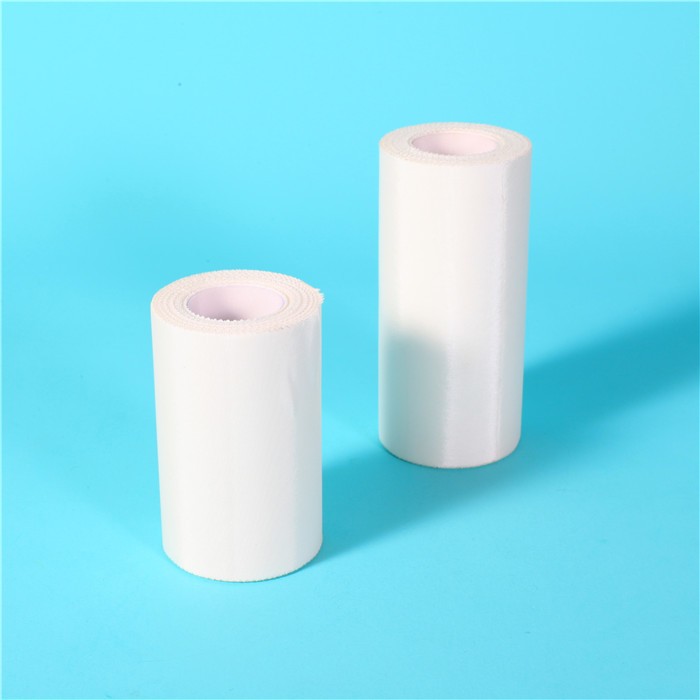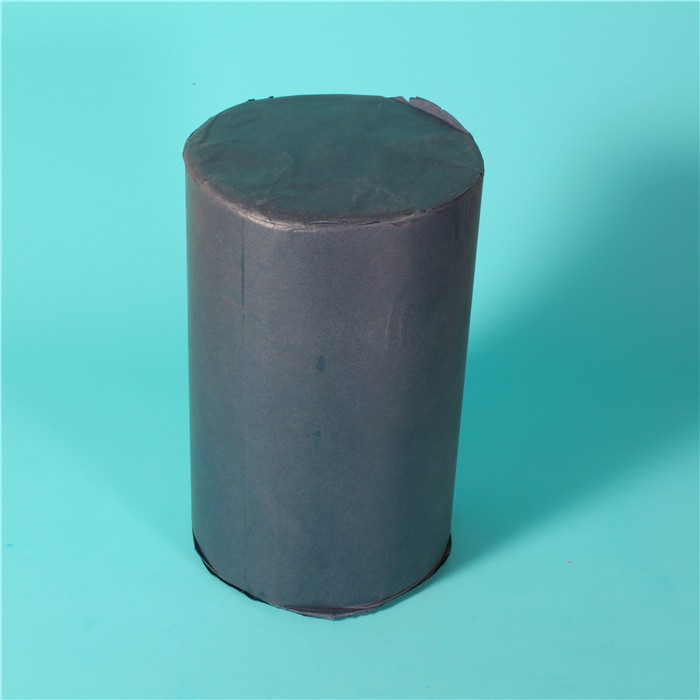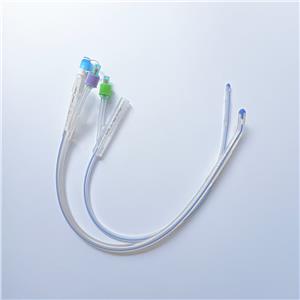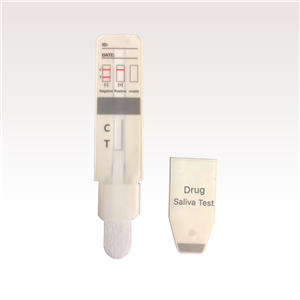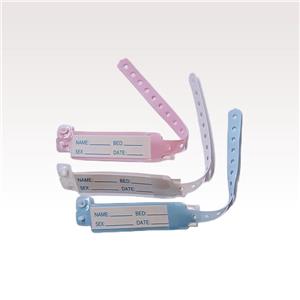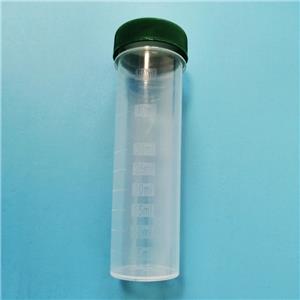Sterile Transparent IV Cannula Wound Dressing

- None
- Made in China
- According to quantity
- 500,000 pcs/month
sterile transparent IV cannula
1. special design makes it easier to fix I.V. cannula
2. breathable
3. hypoallergenic adhesive
Sterile Transparent Iv Cannula
Puncture fixing transparent film dresssing
puncture fixing transparent film dressing is made of high-permeable polyurethane (PU) film, with high moisture permeable medical degree acrylic adhesive and special coating technology, it can keep pace with the normal breath of the skin.
It is indicated that : the moisture vapor transmission rate MVTR of normal human skin is about 240-1800g/m2/24h/37℃, if the MVTR of transparent dressing is much lower, the moisture may gather under the film, it may cause maceration of the skin and influence the adhesive ability of dressing.
Transparent dressing had good quality for its both high permeability and excellent viscosity
A wound dressing is a product that wraps a wound to cover a sore, wound, or other damaged material.
The types of wound dressings are:
1, passive dressing (traditional dressing), passive coverage of the wound and absorption of exudate, providing limited protection for the wound.
2, interactive dressing, there are many forms of interaction between the dressing and the wound surface, such as absorption of exudate and toxic substances, allowing gas exchange, thus creating an ideal environment for healing; barrier outer structure, prevent Invasion of microorganisms in the environment to prevent cross-infection of wounds.
3. Bioactive dressings (closed dressings).
Precautions when selecting wound dressings
1. Assessment of the patient's individual condition is also very important for the physiological, psychological and economic acceptance of the dressing. Patients have different physiques and are sensitive to dressings. Some dressings may cause skin irritation in some patients. Some patients are dressings that do not accept significant odors, such as hydrocolloids and alginates. Patients with high quality of life requirements, dressing comfort and ease of use have become important reference factors for the choice of dressing. New dressings are relatively expensive, but good dressings can reduce the number of replacements. The dressing should eventually be used according to the patient's requirements.
2. Select a dressing based on the wound assessment. For the wounds that are healed in the first stage, gauze and film should be used; for shallow wounds, film should be used; for wounds with moderate to moderate exudation, hydrogel should be used; for moderate to severe exudation, alginate should be used; dry necrosis The wound should be a hydrogel or a hydrocolloid.
3. Dynamic assessment during use As the condition of the wound changes, the assessment of the wound must be done at regular intervals. Depending on the progress of the wound healing or the extent of the deterioration, it is readily assessed whether the most appropriate dressing and dressing are selected for use.

